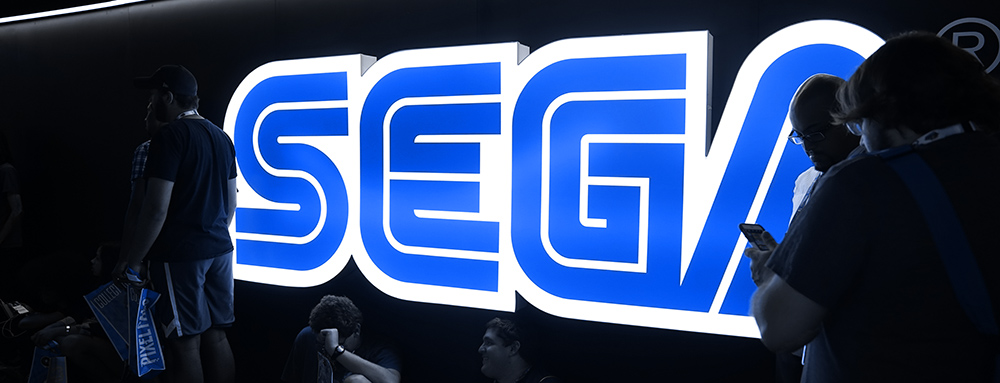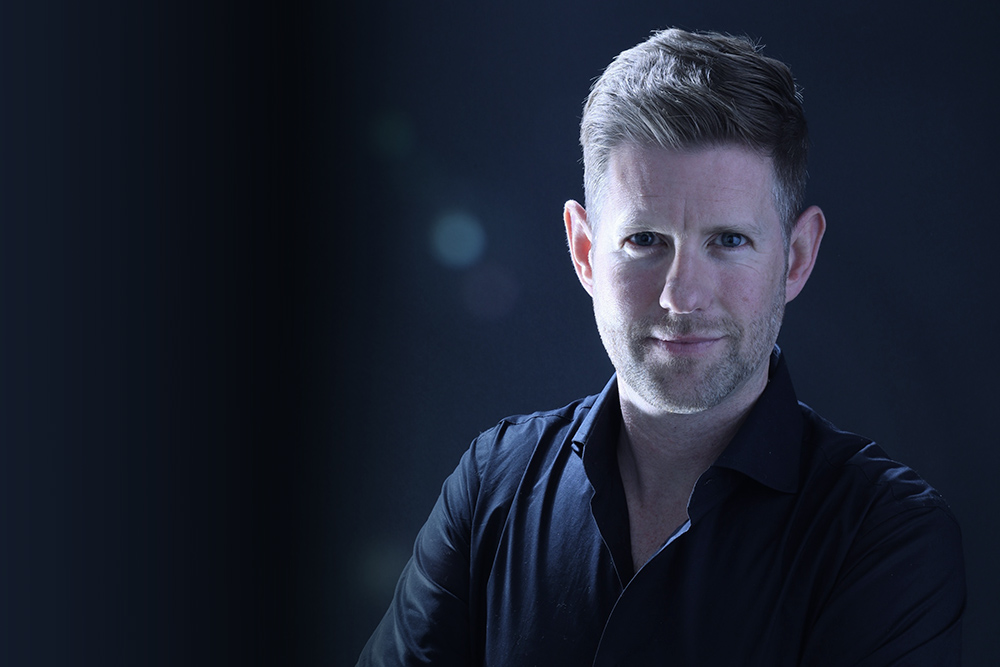This is the first of a two-part interview series with Mike Evans, chief marketing officer of Sega’s mobile division in the West.
Sega has begun transporting its massive catalog of classic games to mobile with Sega Forever, which officially launched globally on Thursday with the first Sonic The Hedgehog and other select titles. Every two weeks, a new game will be available as a single app and will hail from a console from any Sega era—from SG-100 all the way to Dreamcast.
Modern features like leaderboards and cloud saves have been added to the gameplay but otherwise the titles won’t veer from the originals. Each game is either free with ads, or a user can make a single in-app purchase of $1.99 across all games that will disable a pre-roll.
With two decades worth of games to parse through and endless online feedback available from a global fanbase, making decisions for a campaign of this size is no small task. AListDaily sat down with Mike Evans, chief marketing officer of Sega‘s mobile division in the West, and explored everything that went into Sega Forever and the resonance of an evergreen IP.
How did you choose the first five Sega Forever titles?
These titles were chosen for a very particular reason. [These are] all Genesis titles. First, Sonic the Hedgehog—a mass market title. We shipped 15 million of these on the Genesis, which is incredible. It’s Sega’s best-selling title.
The next thing is the historical context. Back in ‘89, when the Genesis shipped, the pack-in title was Altered Beast. Comix Zone is a great title, released later on in the Genesis lifecycle. Then, we wanted to put in a little bit of a core fan game, so we’ve got RPG Phantasy Star II. A funny fact about this particular game: When you think about the size of games these days, they can be huge, but not necessarily on mobile. On the console platform, when it shipped, it was a whopping 6 MB, which is quite sizable. It’s funny how things have changed.
And then the final title is Kid Chameleon. For people who haven’t played it, it’s just a great platformer, and it plays really well on mobile. After that, it’s just a combination of anniversaries and fan demand.

Sega has over 1,000 published titles. How do you decide which games to revive?
This is a big community project for us. We’ve hired some really core guys to come and work with us from it. So, part is understanding what the community would like, and the other part is which titles make sense commercially.
We’re starting with the Genesis platform. My belief is it changed the fabric of what gaming was and started to build it towards what it is today. Many of the big IPs we launched were on that platform, so we thought it’s a great place to kind of introduce people back to that experience. Then we’ll be going both forward and back to start peppering in some of the different experiences.
We’re also looking at anniversary dates. On June 23, we have Sonic the Hedgehog’s anniversary. It would have been 26 years since he first appeared on the Genesis platform.
So he can rent a car?
That’s right. So [Sonic] did appear actually just before that. He was an air freshener in a racing game, funny enough, for one of the Sega games. And then he evolved to be a character in his own right. Also, Alex Kidd was Sega’s mascot before Sonic. It’s a combination of those factors, and as we go forward, we’re going to be listening to requests. I know many people are going to be saying, “When can I see Panzer Dragoon?” for example, which is a title for the Saturn we’re actively looking at.
Sega Forever games are ad-supported and with the option to buy. What convinced you to use this monetization model?
The model that we’re using for the monetization is two-fold. First of all, all of the games are free. Now, within mobile, there are lots of free things, so they need to believe they’re really free in that sense. There’s a pre-roll in front of the game, which a user can skip [with purchase]. After that, they play the game and it’s uninterrupted except for an ad if they want to save the game.
A lot of people have asked me, “Why not release these as a single [app]?” There are a couple of reasons. If you have a single app and you’re downloading a lot of content into this app, the app can get very large, very quickly, particularly when you’re talking the likes of Saturn or Dreamcast games. We’ve decided to allow the user to create their own folder, and they can choose what content goes in there. It also allows us, from a business perspective, to build a network, which is a key part of our strategy.

There is talk of new IPs down the line. Can you tell me a little about them and how they fit in with the Sega family?
As we release these apps over a period of time, we’re going to start to build up a really good understanding of audience. We start to understand the growth and strength of the IP, the demographics, the cycle graphics, and the games that they’re open to playing.
The big question that I always ask myself is: how elastic can we be with our IP? There’s an example out for the moment, a remake of Crazy Taxi called Crazy Taxi Gazillionaire. The quest here for me was to understand, if you are going to make a Crazy Taxi game, could you not drive, and can we transpose that onto a model which works very well on the App Store?
We don’t do this lightly. We have a panel of Sega fans who we work with and we spend much time play testing and trying to understand what the important includes are. What we discovered was that narrative, the original characters and the music are all very important, including the music by The Offspring. The funny thing about mobile games is that a lot of people won’t often listen to the music because they’ll have the sound turned off. But we took the decision that is was necessary as one of the core links.
If you think back to the original Crazy Taxi, you have to understand the IP. A lot was rooted in rebellion: you against the school, you against social cliques. You were driving around in this open world with almost impossible time limits.
We knew we were going to take a satirical approach. This particular story is set in San Francisco in a way that Crazy Taxi was. This time, you are running a local lovable—but kind of crazy—taxi company. The story unfolds as it’s you in charge of this crazy taxi company, and you’ve been running it for a couple of years. In comes ridesharing and it’s about the struggle, the topical but fun struggle between ridesharing and the local taxi firms. I think a lot of people should enjoy it.
Are you a gamer? What are your favorite games?
Absolutely. Going back a few years now, my father bought the Atari 2600. My mother scolded him at the time because I think he spent the month’s rent on it. But I kind of knew at that time that my life was never going to be the same again. That platform differs for a lot of people, but I think it’s where Sega Forever really folds in.
After that, I played a lot of platforms. I spent a lot of my university life playing the N64 with Mario Kart and Goldeneye was really one of the first multiplayer-style shooter titles. That was great.
My favorite game of all time is probably Sid Meier’s Pirates!, an open world real-time strategy game. It was an incredible game. You just got lost in the fantasy of the world. Very swashbuckling in that sense, and it’s still a game which I go back to today on my mobile device.
Stay up-to-date about our next interview installment with Mike Evans by subscribing to our newsletter.

